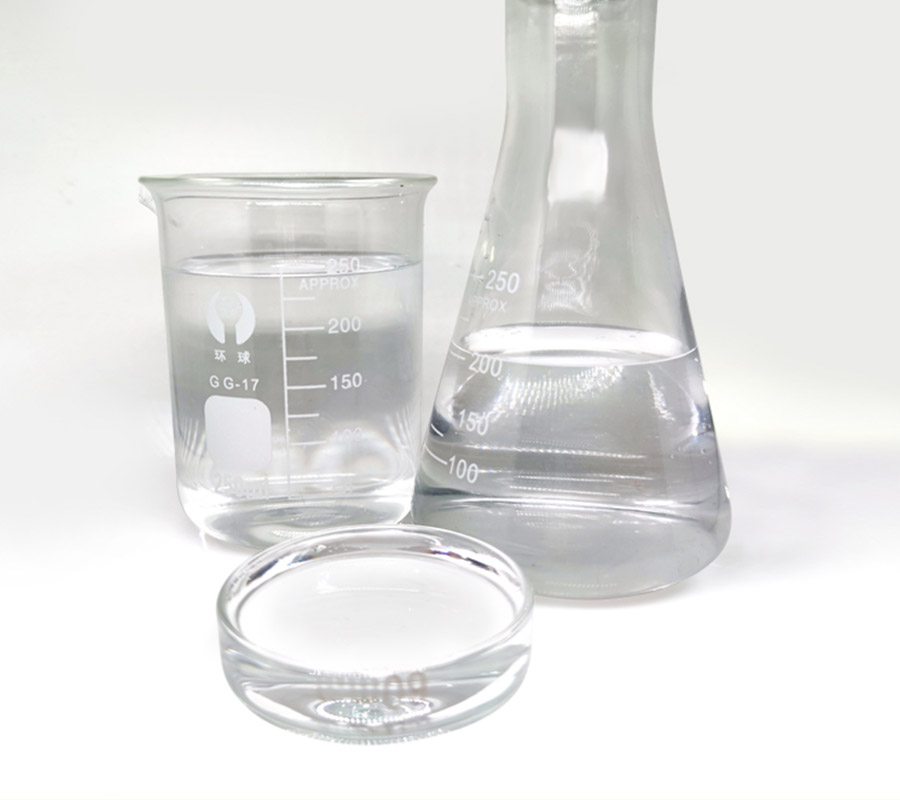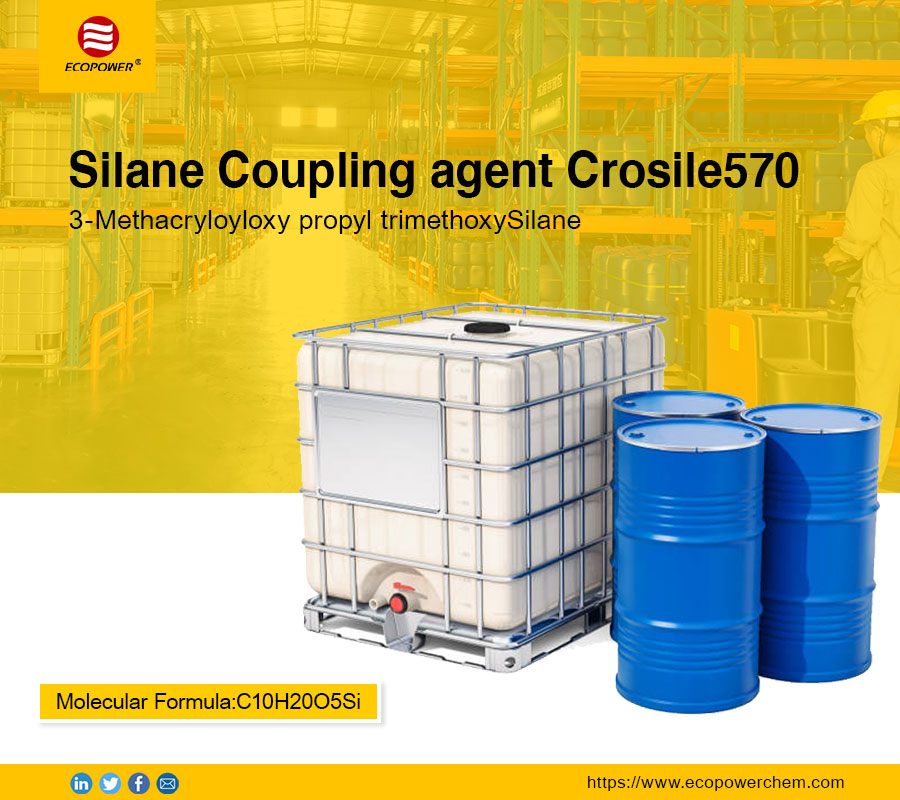Aug 06, 2021
Crosile-69: High-Efficiency Silane Coupling Agent for Enhanced Rubber and Composite Material Performance
Crosile-69: High-Efficiency Silane Coupling Agent Chemical Name: Bis[3-(Triethoxysilyl)Propyl]Tetrasulfide Molecular Formula: C18H42O6S4Si2 Molecular Weight: 538.94 CAS Number: 40372-72-3 Product Aliases: •Silquest® A-1289 (Momentive, USA) •Z-6940 (Dow Corning, USA) •Si-69 (Evonik, Germany) •KBE-846 (Shin-Etsu, Japan) •B2494 (UCT, USA) Introduction to Crosile-69 Crosile-69 (Bis[3-(Triethoxysilyl)Propyl]Tetrasulfide) is a highly effective silane coupling agent widely used in the rubber industry, tire manufacturing, and composite material modification. Its unique molecular structure significantly enhances the properties of rubber and other materials, improving mechanical performance, filler dispersion, wear resistance, aging resistance, and environmental sustainability. Key Properties of Crosile-69 • Appearance: Low viscosity, light yellow to transparent liquid with a slight odor • Density (ρ20): 1.069 g/cm³ • Sulfur Content: ≥22% • Refractive Index (nD25): 1.493 • Solubility: Easily soluble in many organic solvents (e.g., ethanol, acetone, toluene), but very low solubility in water Functional Groups of Crosile-69 1.Tetrasulfide Bridge (-S4-): The sulfur bridge allows Crosile-69 to undergo crosslinking reactions during rubber vulcanization, improving rubber strength, hardness, and elasticity. 2.Triethoxy Silane Group (-Si-OCH2CH3): Hydrolyzed to form silanol (-Si-OH), which can react with hydroxyl or carboxyl groups in the rubber matrix, strengthening the bond between the rubber and inorganic fillers. Mechanism of Action of Crosile-69 Crosile-69 improves rubber properties through three main reaction mechanisms: 1.Hydrolysis and Condensation Reaction: In the presence of water or moisture, the ethoxy groups in Crosile-69 hydrolyze into silanols (-Si-OH). These silanols react with hydroxyl (-OH) or carboxyl (-COOH) groups on the surface of inorganic fillers, forming siloxane bonds (Si-O-C), enhancing the mechanical properties of rubber. 2.Coupling Reaction with Rubber Matrix: The silane groups in Crosile-69 react with functional groups (e.g., hydroxyl or carboxyl) in the rubber matrix, forming siloxane bonds, which improve the bonding between the rubber and fillers, enhancing properties such as tear resistance and aging resistance. 3.Reaction During Vulcanization: The tetrasulfide bridge (-S4-) in Crosile-69 breaks during vulcanization, generating active sulfur intermediates (such as -SH), which can crosslink with double bonds (C=C) in the rubber matrix, forming a stable vulcanization network and further enhancing rubber performance. Advantages and Characteristics of Crosile-69 • Improved Filler Dispersion: Crosile-69 significantly improves the dispersion of inorganic fillers (e.g., silica, carbon black) in the rubber...
View More



